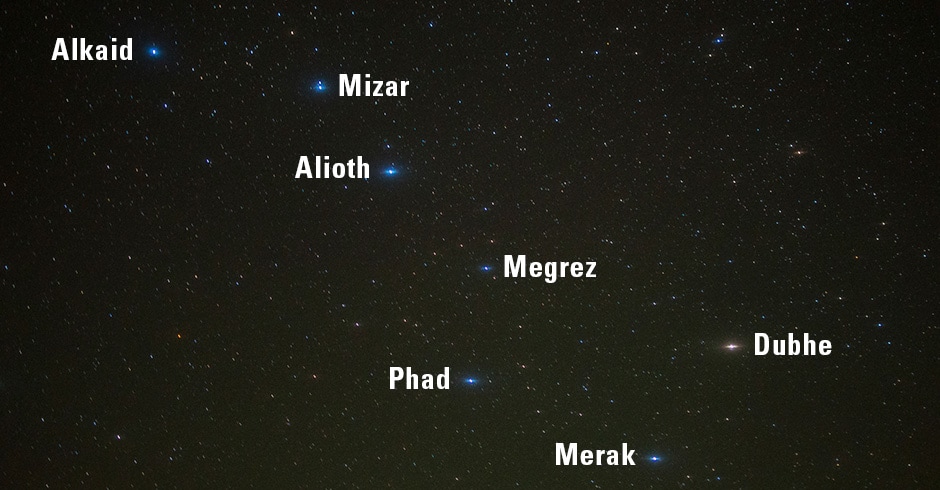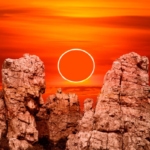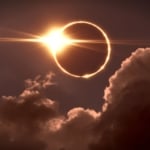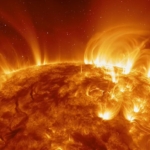The Big Dipper: More Than Meets The Eye
Could the stars within the Big Dipper help you pass an eye test? Learn more.

Practically overhead late on April nights between 10 p.m. and midnight local time, are the seven stars that make up the familiar Big Dipper. Next to Orion, the Big Dipper is probably the most impressive group of stars in our sky. Here in the United States we know these seven stars as The Big Dipper, but if you travel to the United Kingdom, and ask someone to show you the Dipper, they’ll likely look at you quizzically. The reason is, that in Great Britain, this star pattern is known as The Plough.
Some books (and people) refer to the Big Dipper as a constellation, but we can’t call it that, because it is only part of the larger constellation, Ursa Major, the Great Bear. It’s officially an asterism.
Look closely at the image of the Big Dipper. Directly above one of the middle stars in the Dipper’s handle, Mizar, sits a dimmer star, Alcor. These two are not physically connected but are in the same line of sight as seen from the Earth. Consequently, they seem inseparable and visually they almost are. Before the invention of eyeglasses, Alcor used to serve as an eye test! If you could see it in the evening sky, your vision was considered normal. The Arabs called this pair “the horse and rider.”
Interestingly, between Mizar and Alcor is an 8th magnitude star that was once mistaken for a new planet. In 1722 the German professor J.G. Liebknect declared that this object had just moved into its present position. He named his “planet” Sidus Ludoviciana, or “Ludwig’s Star,” to flatter his local sovereign in hopes of being granted money. The object never moved again, and Liebknecht disappeared in a hail of ridicule. Yet to this day the star is still known as Sidus Ludoviciana.
So next time you’re out stargazing at the most recognizable group of stars in the sky, check your vision!

Joe Rao
Joe Rao is an esteemed astronomer who writes for Space.com, Sky & Telescope, and Natural History Magazine. Mr. Rao is a regular contributor to the Farmers' Almanac and serves as an associate lecturer for the Hayden Planetarium in New York City.






Now a question that puzzles me. I see multiple objects in the sky that when seen by the naked eye flash prism colors. When I view them with my telescope all i can make out are beautiful flashing lights if red blue yellow and sometimes green. Are these stars as I do not think they are planets. Please this is driving me crazy. And do they each have names.
Hi Sherry Rector: Stars are usually twinklers, and planets are a steady light. Many stars are different colors. Spica is a blue-white star, for example, and Sirius, the brightest star in the sky, is also a truly dazzling object. In color, the star is a brilliant white with a definite tinge of blue, but when the air is unsteady it then seems, in rapid scintillation, to flicker with all the colors of the rainbow.